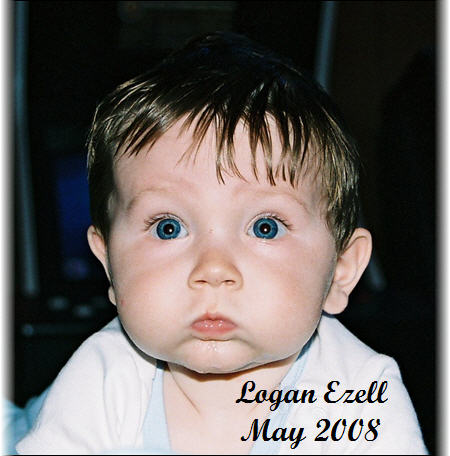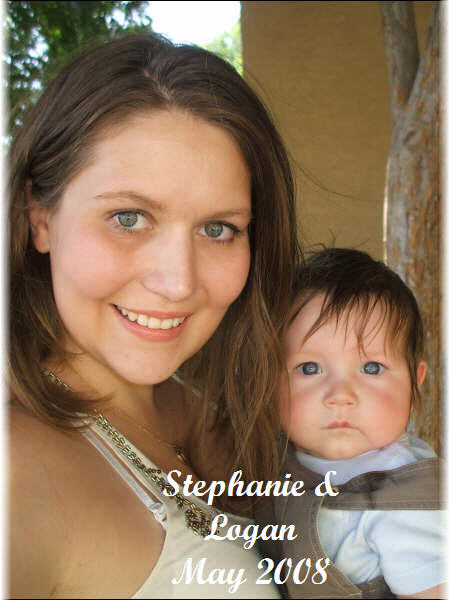Thought I would just write to tell you what I did and why during my pregnancy. I consulted with
Post surgery pain was treated with hydrocodone, oxycodone and Toradol. I was able to breastfeed on these medications without harm to my baby. My delivery could not have gone any smoother than it did and I am very glad that we did it the way we did.
We scheduled a C-Section because of all the unknowns in a vaginal delivery. We didn't want to risk the possibility of a prolonged labor (I was warned that I could be in labor for
If a woman plans on vaginal delivery, I would find out if the hospital has an OB anesthesiologist on site 24 hrs or if you would have to wait for the Dr. on call to come in. If you have to wait, you risk starting a pain cycle.
If Braxton Hicks hurts that bad (certain type of labor pain), then I would not want to risk starting a pain cycle from real contractions. With a C-Section,
If a woman still has RSD pain, I do recommend that the patient February 29, 2008
|
The International Research Foundation for RSD / CRPS is grateful to Stephanie Ezell
for her significant contribution to medical education
Related Videos:
Preparation for the ketamine coma procedure
Two-hour low-dose ketamine infusion
~ ~
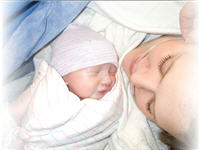 the anesthesiologist as well as a perinatologist and decided to have a scheduled C-Section with a spinal block and morphine.
the anesthesiologist as well as a perinatologist and decided to have a scheduled C-Section with a spinal block and morphine. 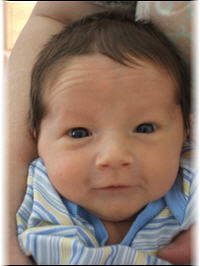 2 days) or a super fast delivery. Because epidurals have to be given between contractions, if labor progresses too quickly you may not be able to get an epidural.
2 days) or a super fast delivery. Because epidurals have to be given between contractions, if labor progresses too quickly you may not be able to get an epidural. 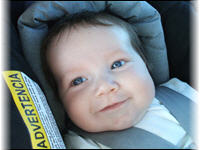 we were able to control the pain from the very start. Also, there was the risk of going through labor and still needing an emergency C-Section and then having to heal from both. The C-Section went smoothly, I felt great afterward and I healed quickly. My husband was allowed to watch the delivery and take pictures and I was able to hold the baby while they sewed me back up. I stayed in the hospital for four days after to heal and control immediate post surgical pain.
we were able to control the pain from the very start. Also, there was the risk of going through labor and still needing an emergency C-Section and then having to heal from both. The C-Section went smoothly, I felt great afterward and I healed quickly. My husband was allowed to watch the delivery and take pictures and I was able to hold the baby while they sewed me back up. I stayed in the hospital for four days after to heal and control immediate post surgical pain.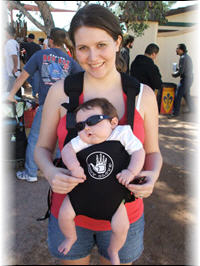 ask the doctor to wait until the spinal is in place and working to block pain before shaving you. Another thing to consider, if you have a vaginal delivery, is that OB nurses are trained to apply ice after delivery. If you still have RSD pain, then I don't have to tell you how bad that would hurt.
ask the doctor to wait until the spinal is in place and working to block pain before shaving you. Another thing to consider, if you have a vaginal delivery, is that OB nurses are trained to apply ice after delivery. If you still have RSD pain, then I don't have to tell you how bad that would hurt.